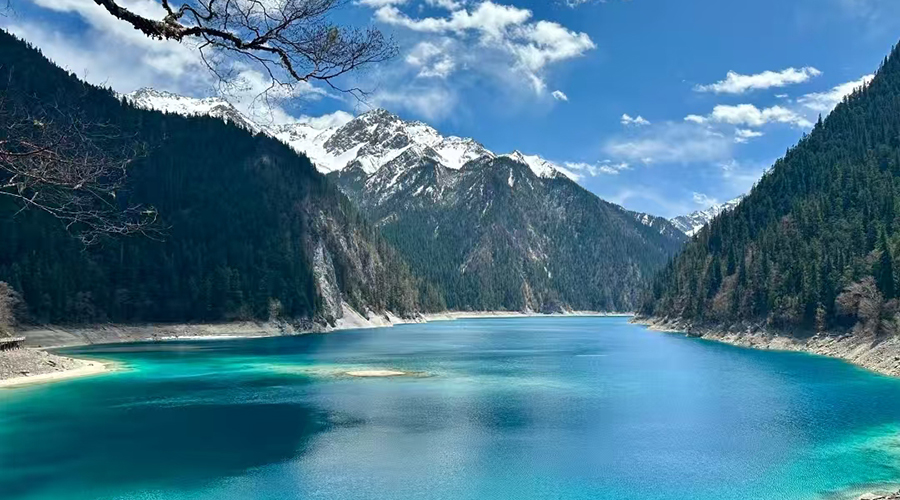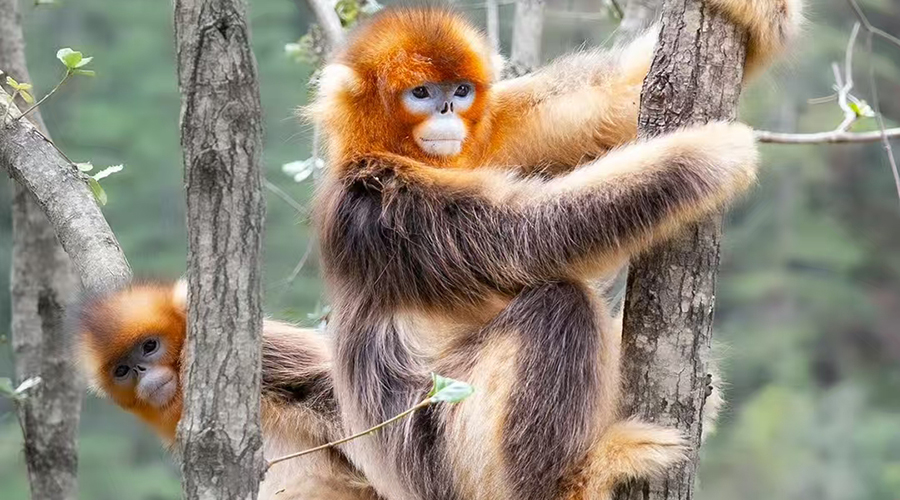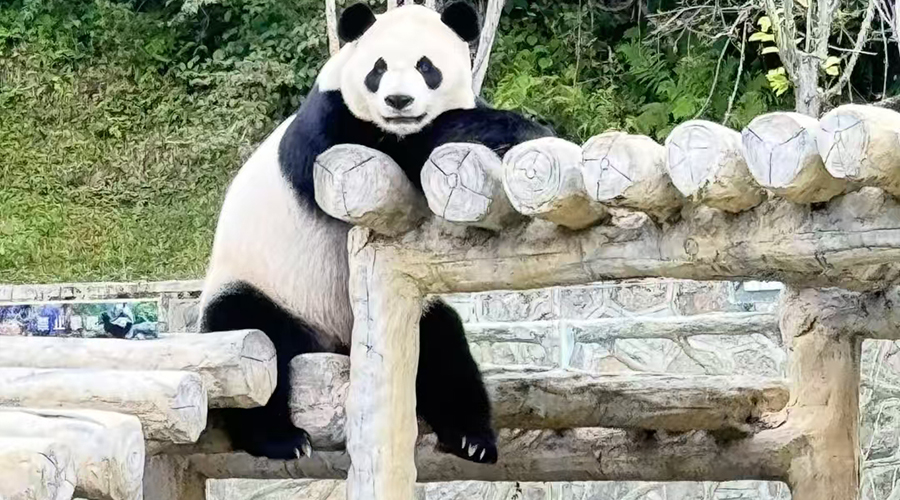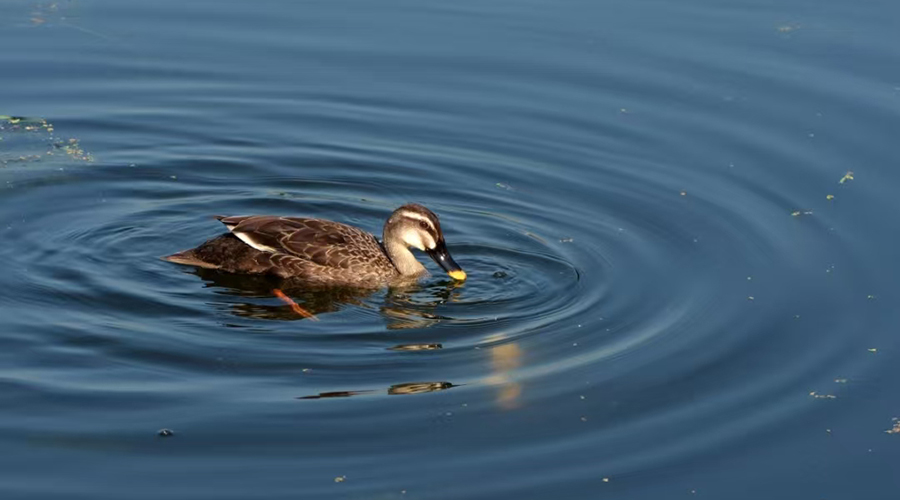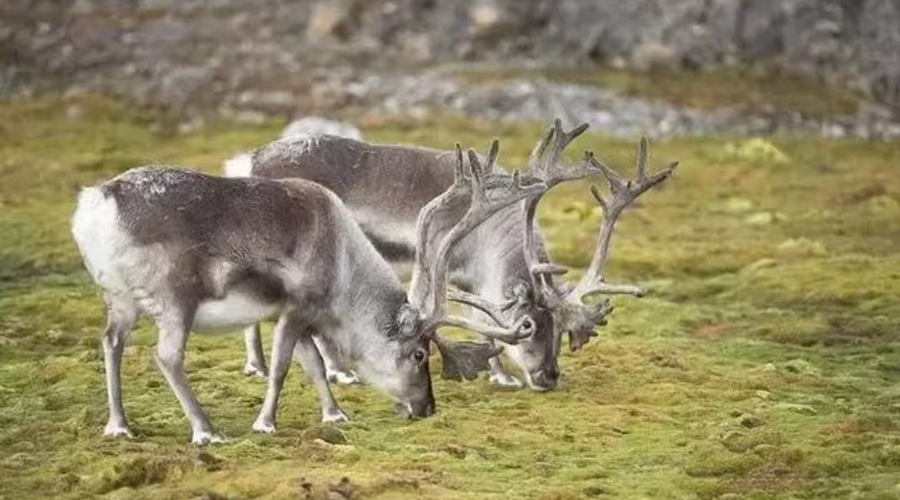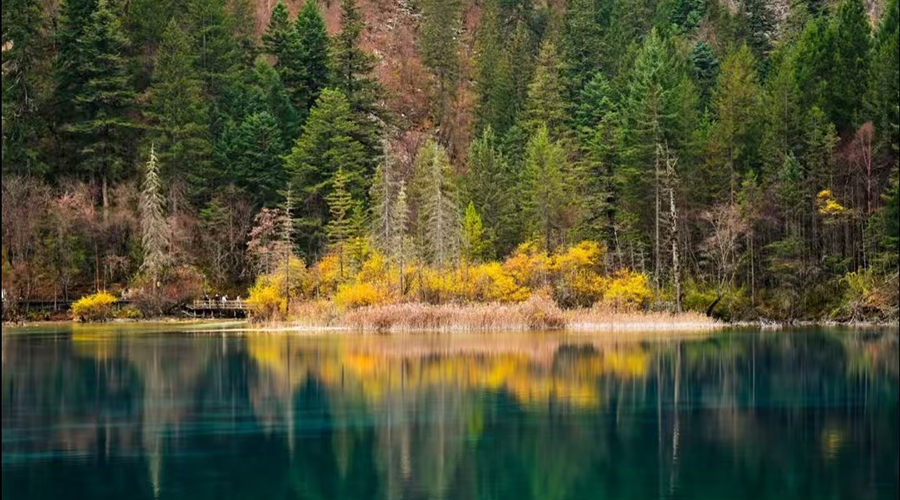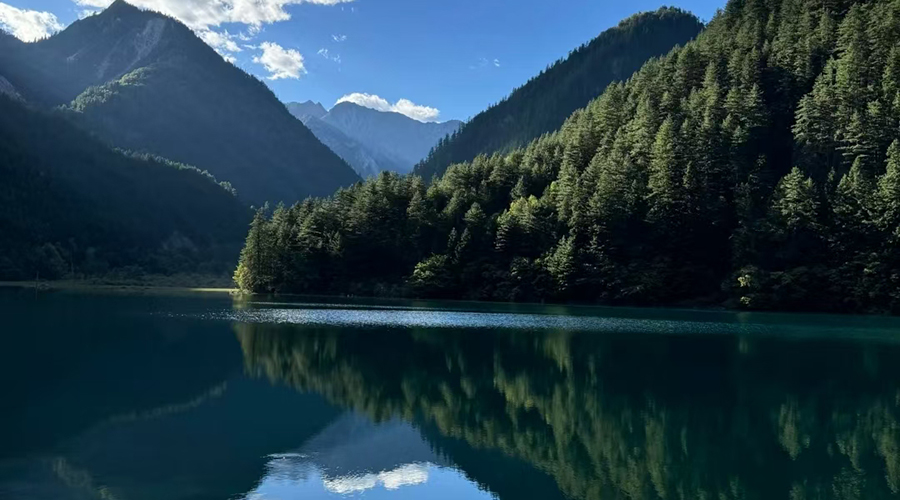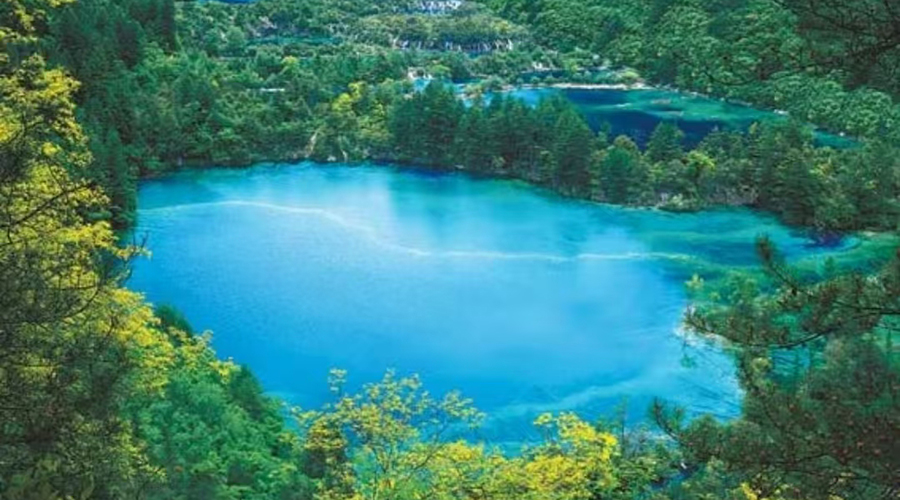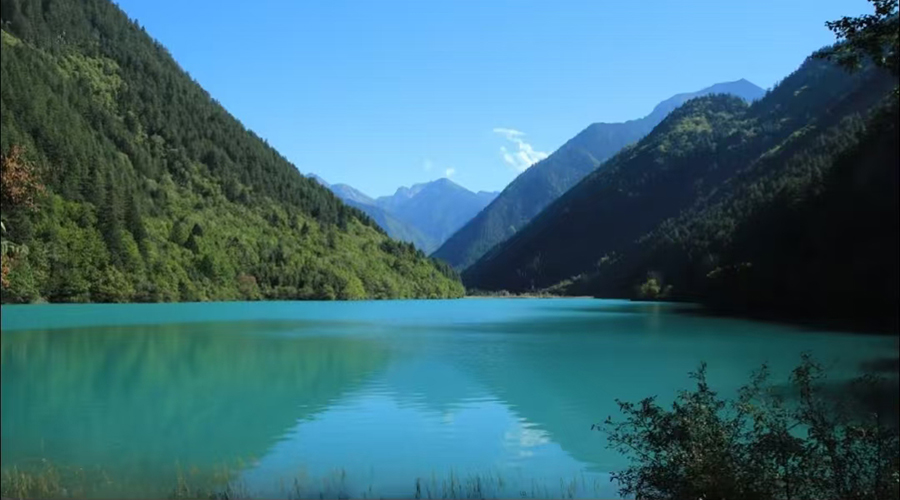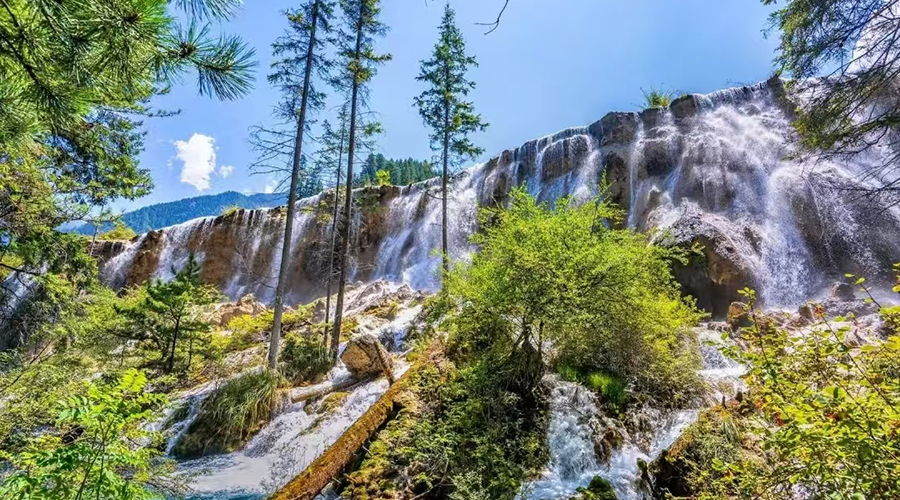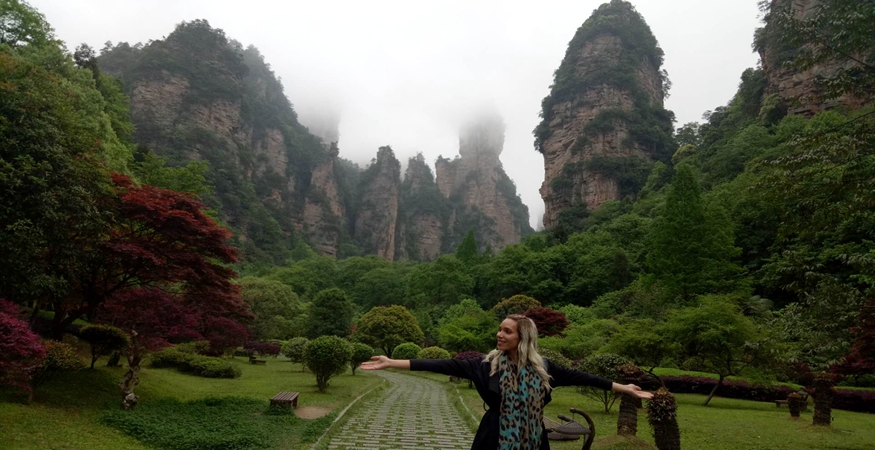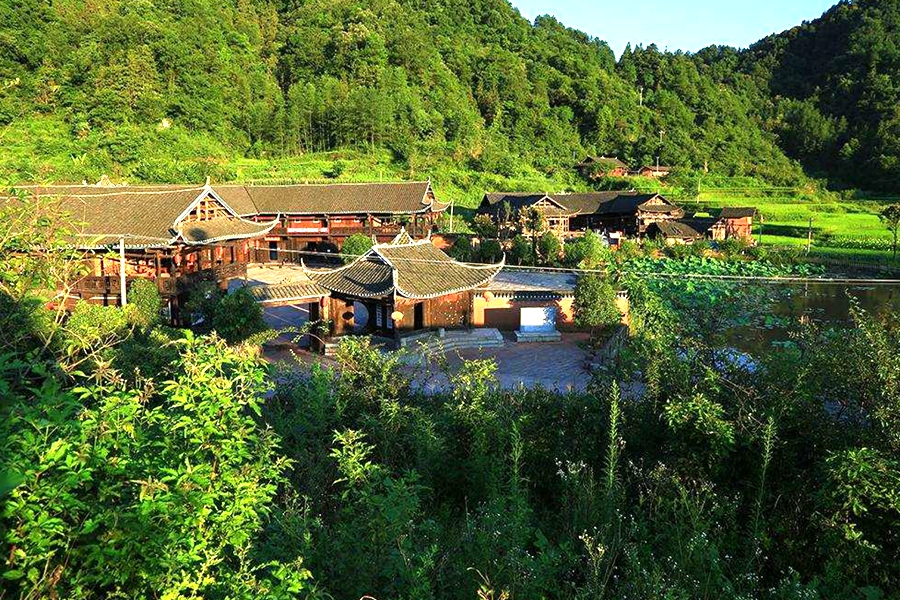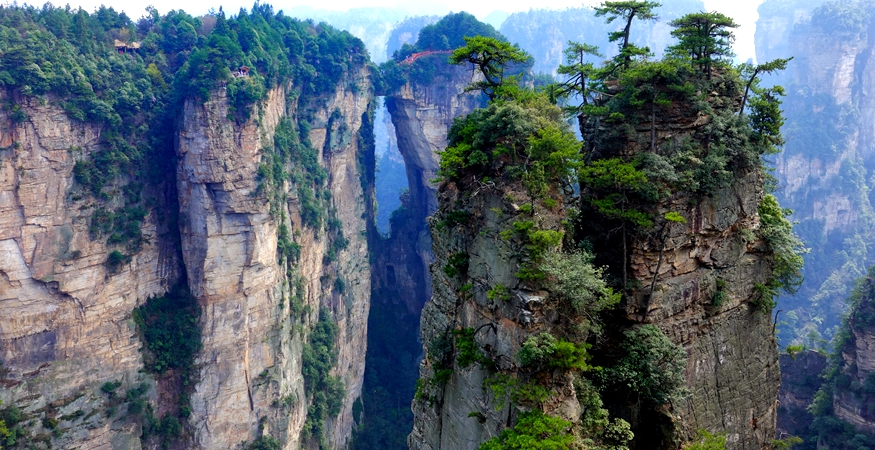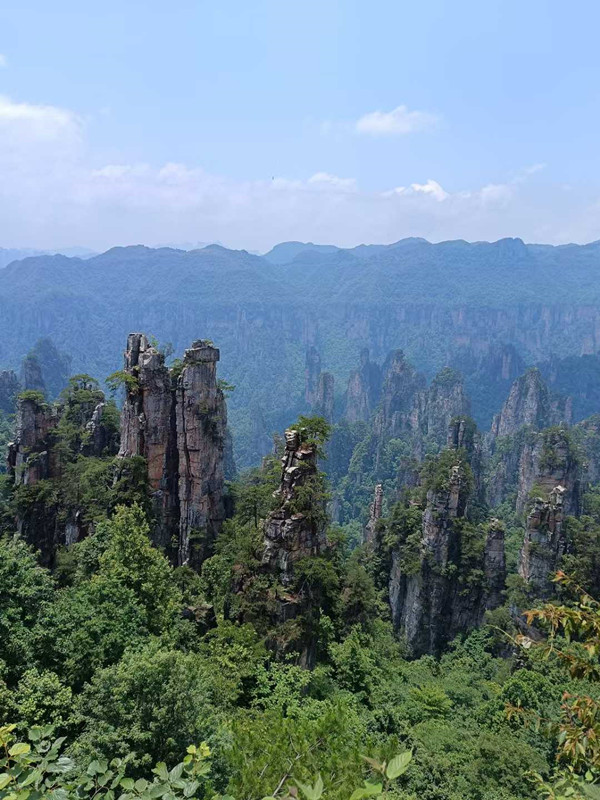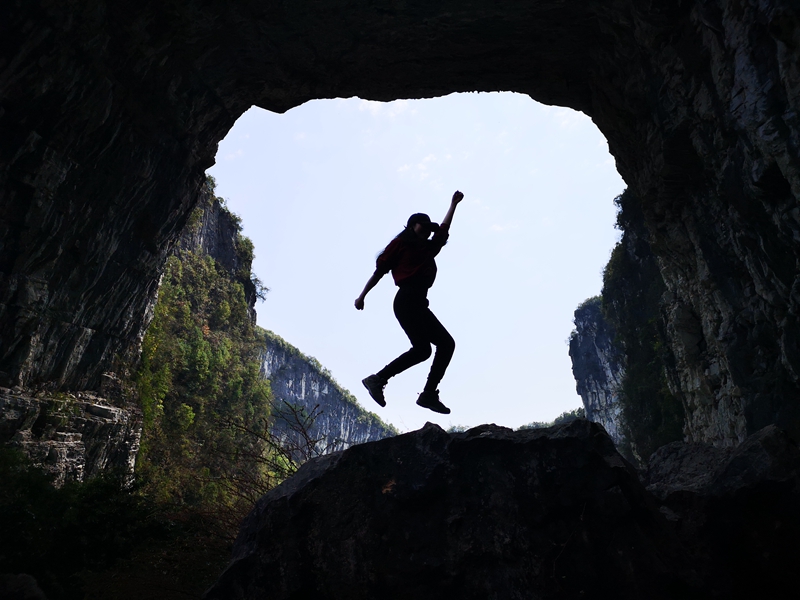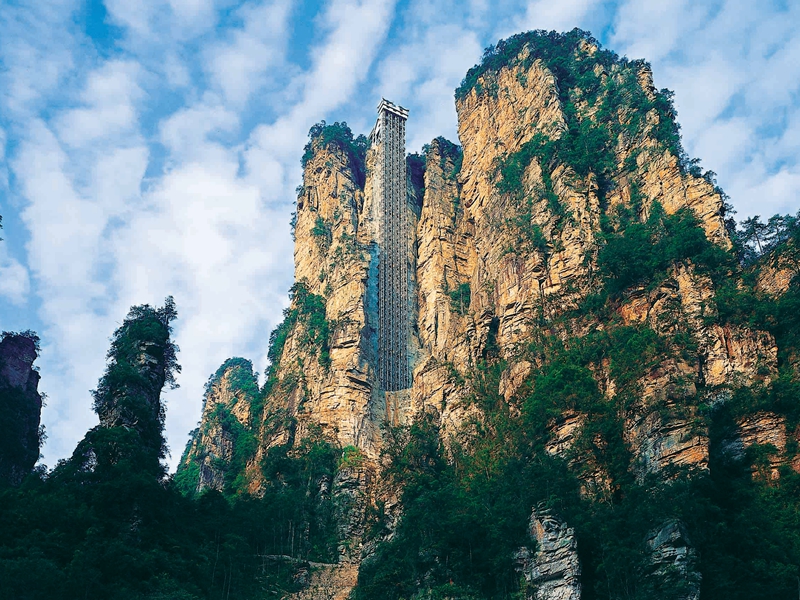
Jiuzhaigou
Jiuzhaigou Overview
Chinese Name: 九寨沟 English IPA: Jiuzhaigou Location: Northwest of Sichuan (Aba Tibetan and Qiang Autonomous Prefecture) Population (city): 64,000+ (permanent residents, 2024) Language: Tibetan, Qiang, Mandarin Zip code: Tel code: Time zone:
JiuZhaigou Travel Guide:Unveiling the Magic of Sichuan’s World Heritage Site
What Makes Jiuzhaigou Iconic?
——Its Breathtaking Waters, Wildlife & Year-Round Beauty
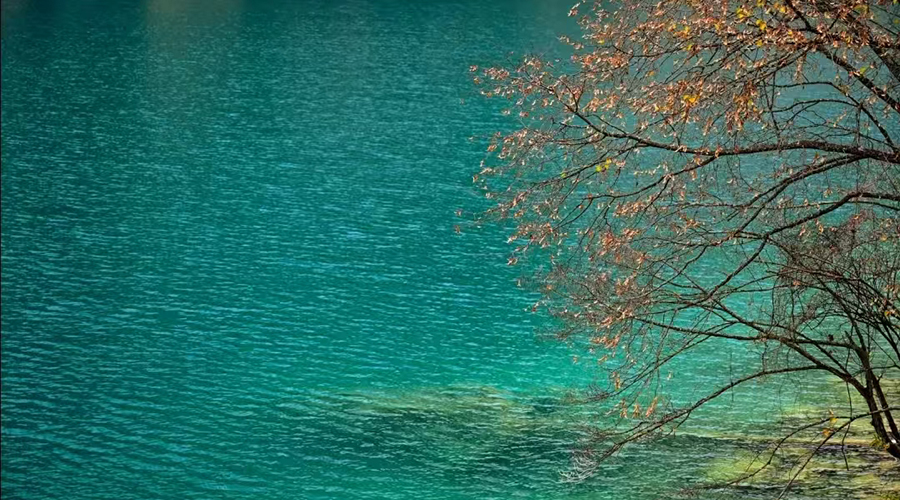
-
Year-Round Beauty
Jiuzhaigou’s Unmissable Wonders: Where Nature Paints Its Masterpieces
Jiuzhaigou, nestled in the heart of Sichuan’s rugged mountains, is a living canvas where nature has poured its most vibrant hues—turquoise lakes that shimmer like polished gemstones, waterfalls that roar with the force of ancient rivers, and forests that flame with color as seasons turn. More than just a scenic spot, it’s a realm where every trail leads to a new marvel, every view tells a story of geological magic, and the air hums with the quiet grandeur of untouched wilderness. Here are the treasures that make this UNESCO site a journey into nature’s wildest dreams.
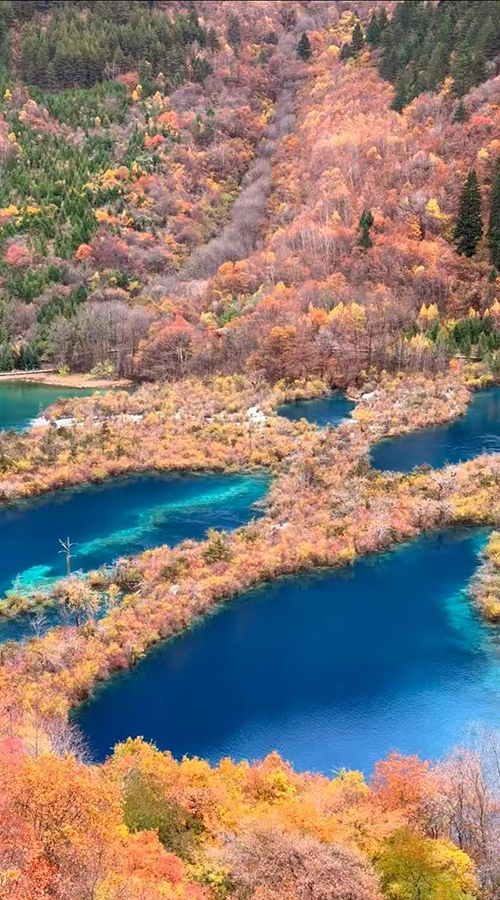
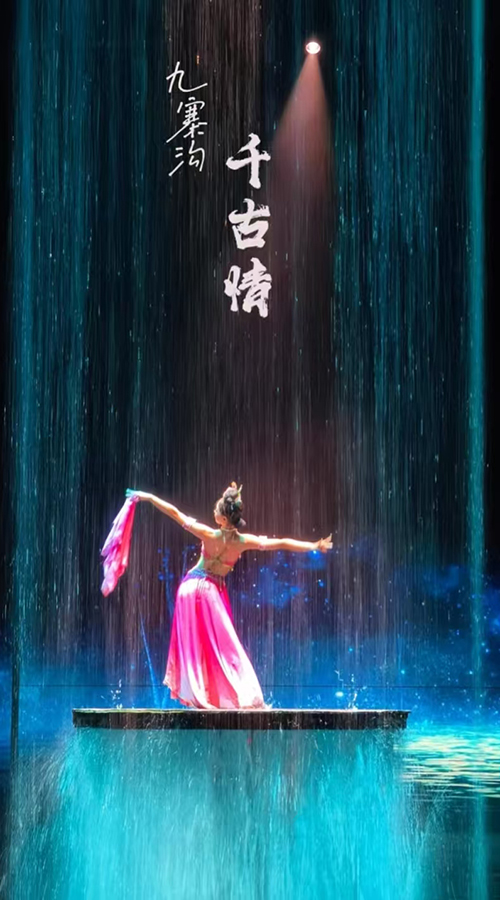
Taste of Jiuzhaigou: Must-Try Local Delights
- Tibetan Yogurt

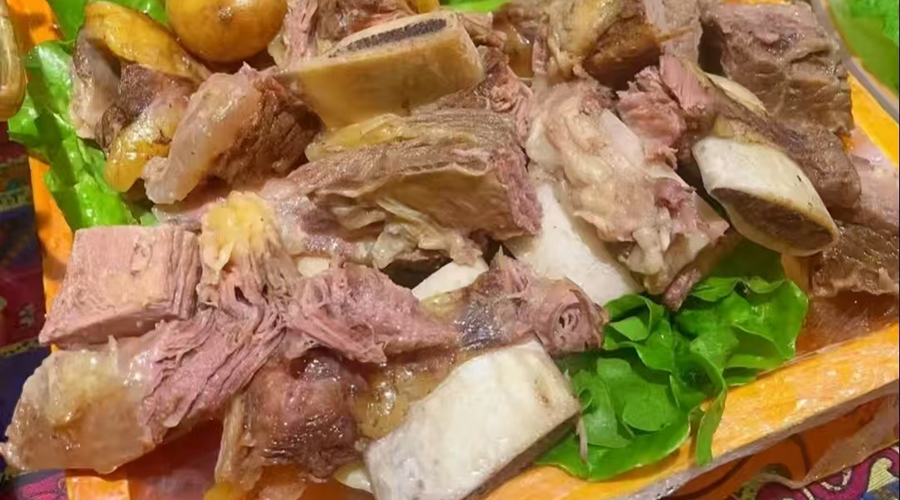
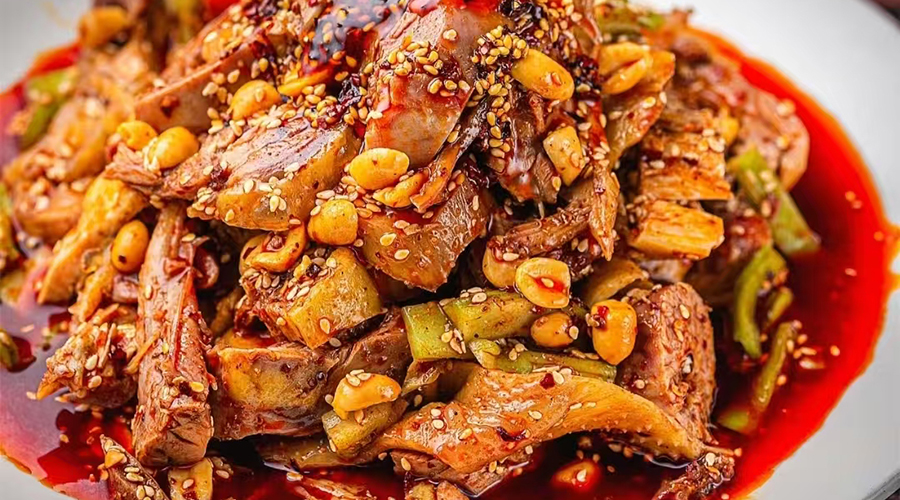
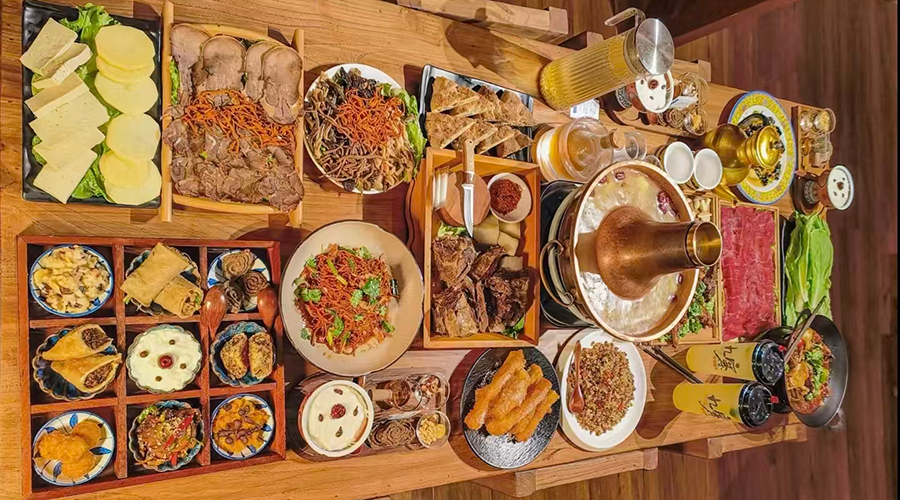
Embrace Jiuzhaigou’s Timeless Magic
Other Destinations in Jiuzhaigou
Jiuzhaigou Attractions
Must-See Wonders for Every Traveler Jiuzhaigou is a paradise woven by nature, where every landscape is a masterpiece of water, mountains, and forests. From colorful lakes that glow like gemstones to thundering waterfalls that stir the soul, here are the unmissable spots that make this UNESCO World Heritage Site a dream destination: Wuhua Sea (Five-Flower Sea) Why visit: Known as the "most beautiful lake in Jiuzhaigou," its waters shift through hues of blue, green, yellow, [...]
More Jiuzhaigou Attractions >>
Jiuzhaigou Tours
climate
Jiuzhaigou Climate & Seasonal Charm Jiuzhaigou has a temperate alpine climate shaped by its high altitude (2,000–4,500 meters), with sharp temperature differences between day and night and distinct seasonal scenery that’s a highlight of the destination. Spring (March–May): 5°C–18°C (41°F–64°F). The snow melts gradually, and the landscape awakens—wildflowers (azaleas, primroses) bloom along lake shores, and frozen waterfalls thaw into gentle streams. Lakes like Wuhua Sea start to show faint color gradients, [...]
Transportation
More Jiuzhaigou Transportation >>
Ethnic Culture
More Jiuzhaigou Ethnic Culture >>
Travel Tips
More Jiuzhaigou Travel Tips >>
Maps and Photos
More Jiuzhaigou Maps and Photos >>
Jiuzhaigou Accommodation
More Jiuzhaigou Accommodation >>
